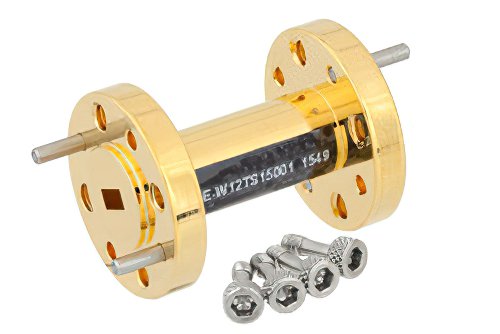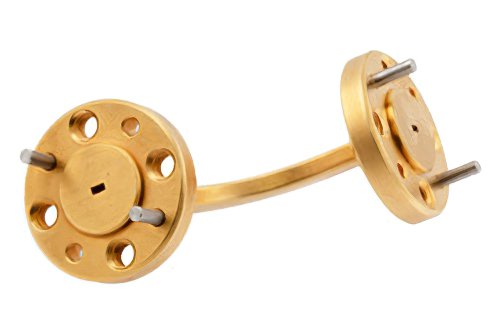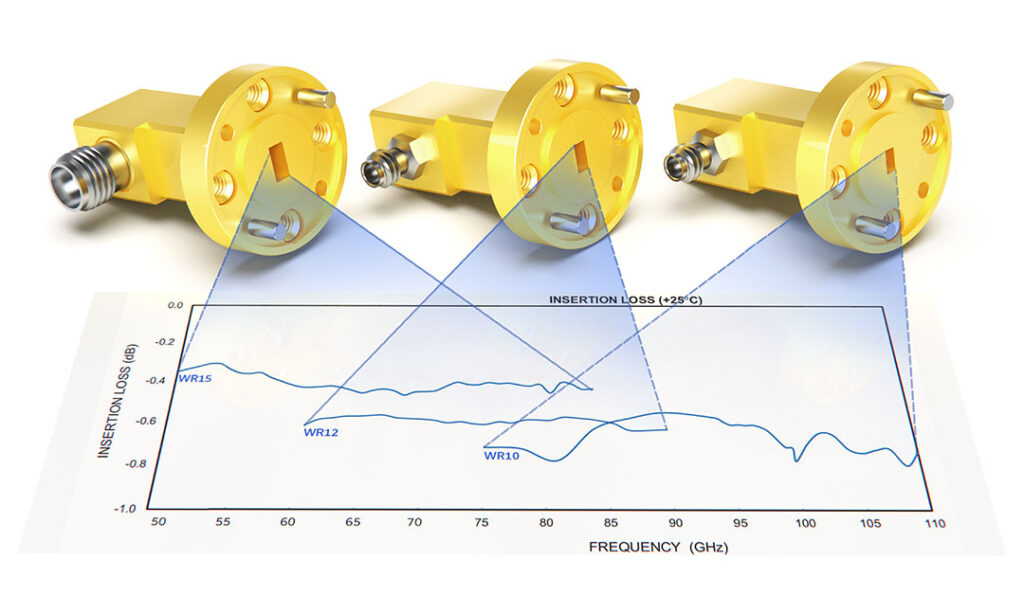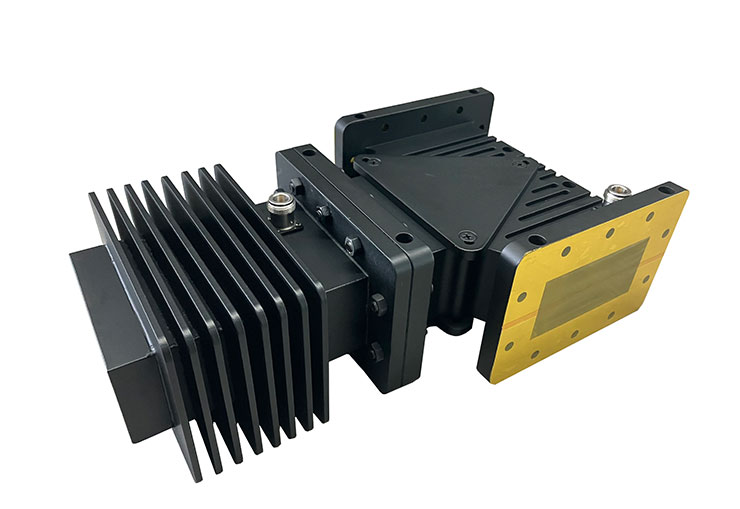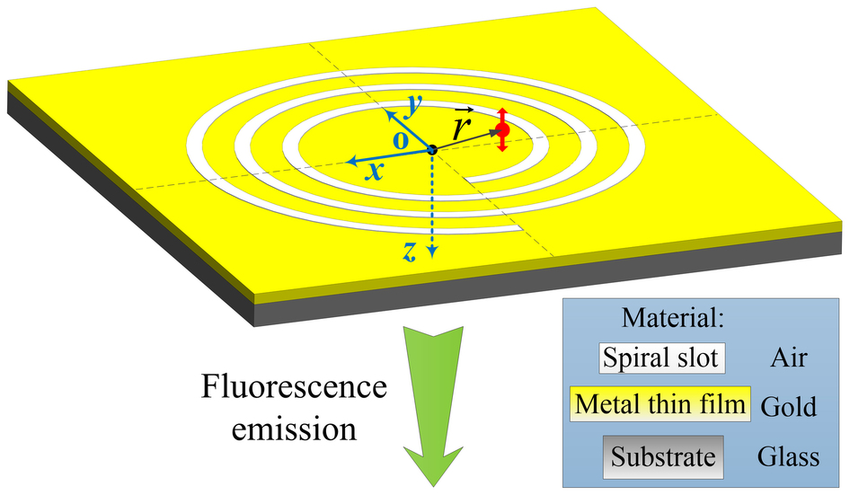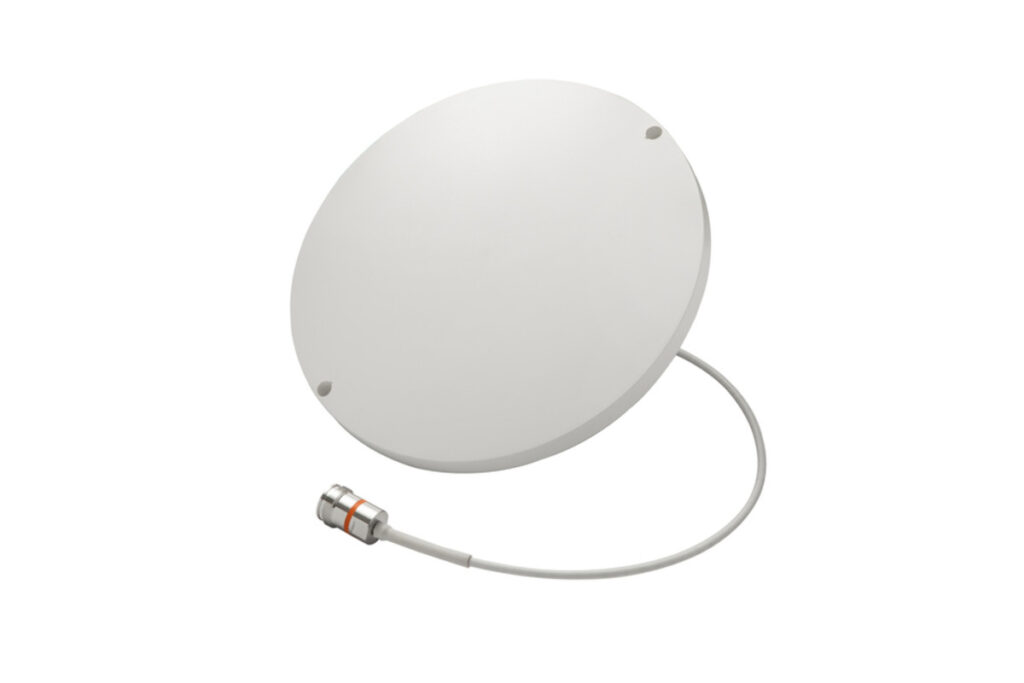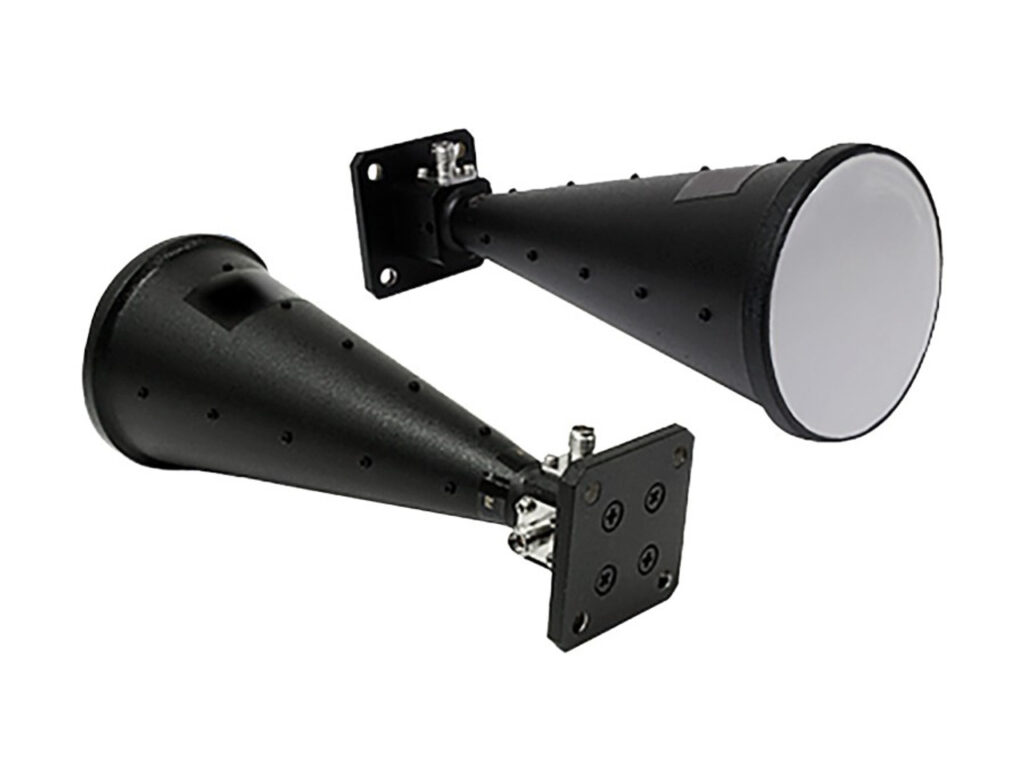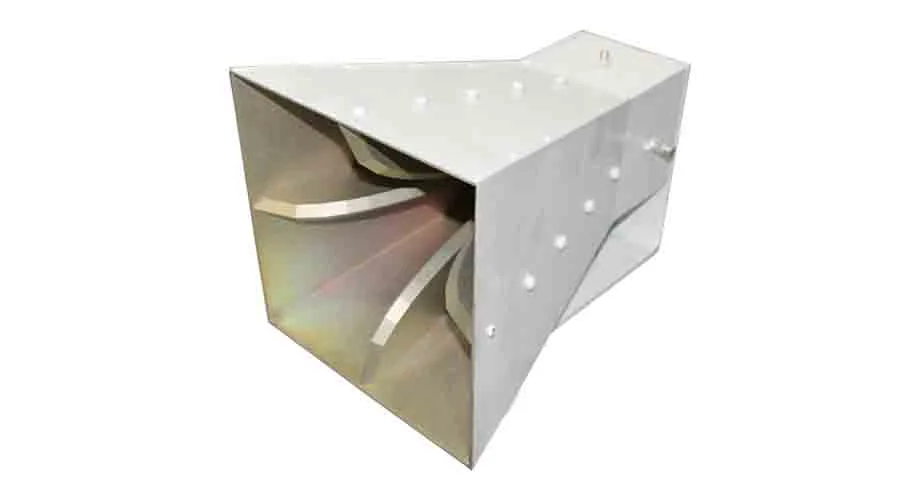When to Use Waveguide Flange Covers
Use waveguide flange covers during transport/storage (preventing 0.1–5 dB insertion loss from dust) or inactive system periods. Essential in corrosive environments (e.g., coastal 5G sites), they block moisture ingress per MIL-STD-348A. Install with torque-controlled bolts (12–15 N·m for WR-90) and replace every 6–12 months in high-humidity areas. Protection Requirements Last June, the AsiaStar 9 satellite […]
When to Use Waveguide Flange Covers Read More »

